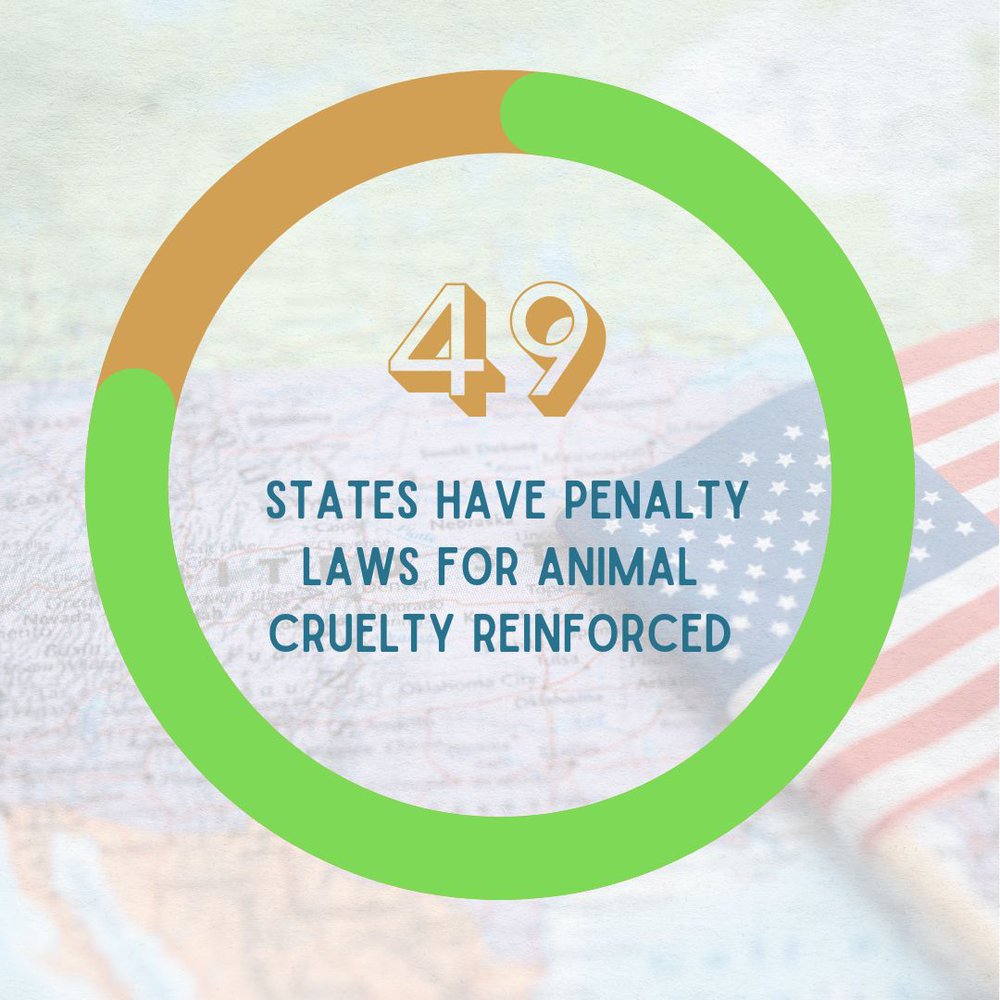As society evolves, so too does our understanding of the treatment and welfare of animals. The terms “animal cruelty” and “animal welfare” have gained significant attention, yet the nuances of the laws governing these topics often remain obscured. In examining what constitutes animal cruelty in the United States and the United Kingdom, it becomes apparent that legislative frameworks are in place to protect animals. However, there are critical differences in how these legal structures operate across the Atlantic. This exploration aims to elucidate the definitions, legal ramifications, and societal implications of animal cruelty in both locales, fostering a deeper comprehension of this pressing issue.
Animal cruelty, in its most basic definition, encompasses a range of behaviors that inflict suffering or distress upon animals. These actions can manifest through physical abuse, neglect, or exploitation. In both the U.S. and the U.K., specific statutes delineate actions that constitute cruelty, yet the breadth and enforcement of these statutes differ significantly.
In the United States, animal cruelty laws vary widely by state. The two primary categories of animal cruelty recognized under American law are “active” cruelty—where individuals intentionally inflict harm—and “passive” cruelty, which involves neglect. For instance, a person who beats a dog or leaves a pet in an uninhabitable environment due to neglect is committing cruelty. The definitions arise predominantly from state statutes, thus leading to an uneven legal landscape. While some states impose stringent penalties for perpetrating acts of cruelty, others may not impose any legal repercussions at all. This patchwork of laws raises an essential question: Can robust protections for animals exist amidst such variability?
Conversely, the United Kingdom presents a more unified stance through the Animal Welfare Act of 2006. This comprehensive legislation enshrines the duty of care owed to animals, placing significant emphasis on an animal’s needs. The Act encapsulates several key provisions, such as the understanding that animals must be provided with adequate food, water, and a safe environment, mitigating the factors that lead to suffering. In its approach, the U.K. does not merely define cruelty as an act of aggression but also recognizes neglect as a significant contributor to animal suffering.
Regarding enforcement, the U.K. differs radically from the U.S. A more centralized system means that the RSPCA (Royal Society for the Prevention of Cruelty to Animals) plays a pivotal role in the enforcement of animal welfare laws. They not only investigate alleged cruelty but can also enforce the law through criminal prosecution. This capability fosters a more cohesive and active approach to preventing cruelty, signaling a serious societal commitment. The U.S. lacks a federal law regulating animal cruelty; rather, it is left in the hands of state authorities whose commitment and resources can vary drastically.
The differentiation in the treatment of animals extends to the legal definitions as well. In the U.K., the criteria for assessing cruelty include the “prevention of harm” framework driven by an animal’s welfare needs. These needs encompass its physiological and psychological welfare, taking into account stress factors and the importance of positive engagement in its environment. In contrast, U.S. laws may focus primarily on the physical abuse aspect, addressing the visible injuries without giving weight to the emotional and psychological suffering endured by animals.
Looking deeper, the punishment for animal cruelty also diverges considerably between the two regions. In the U.S., penalties can range from fines to imprisonment, with some states even recognizing felony charges for egregious cases of cruelty. Nevertheless, disparities arise in the enforcement of these penalties, often influenced by public perception and local lawmakers’ priorities. In many cases, fines may seem insufficient to deter repeat offenders, raising questions around the effectiveness of legal frameworks that are ostensibly meant to protect vulnerable animals.
In the U.K., under the Animal Welfare Act, penalties can include severe fines and custodial sentences, reflecting the gravity with which such offenses are treated. The recognition that neglect can be as harmful as direct violence highlights a progressive understanding that influences societal attitudes toward animals. This raises the question of why the U.S., with its vast resources and advancements, struggles to adopt a similarly fulfilling legal framework.
Furthermore, an exploration of the psychological motivations behind both active and passive cruelty reveals a multifaceted battleground. Research indicates that individuals who commit acts of cruelty may often display a troubling relationship with empathy, particularly when projecting their suffering onto innocent creatures. This observation pushes the conversation beyond mere legal definitions and into the realms of societal responsibility and educational reform. How can communities foster empathy and respect for all living beings at a fundamental level?
As animal advocacy continues to grow, the conversation surrounding these laws expands. Engaging discussions around reforming animal cruelty laws across the U.S. may lead to a reconsideration of how we perceive animal welfare at large. In understanding that legal definitions and enforcement mechanisms shape societal attitudes and values, a shift in perspective becomes vital. Such a transformation will necessitate a societal commitment to not only recognizing but actively combatting cruelty in all forms.
Ultimately, grasping the complexities of animal cruelty laws in both the U.S. and U.K. illuminates a broader narrative about animal rights and societal values. The disparities in legal frameworks, definitions, and enforcement reflect a spectrum of societal understanding and commitment to animal welfare. As advocates work tirelessly to bridge these gaps, fostering a culture of empathy and compassion toward all living beings remains imperative. Curiosity leads to awareness; awareness fuels change. Only through a concerted effort can we hope to elevate the conversation and promote the humane treatment of animals everywhere.








